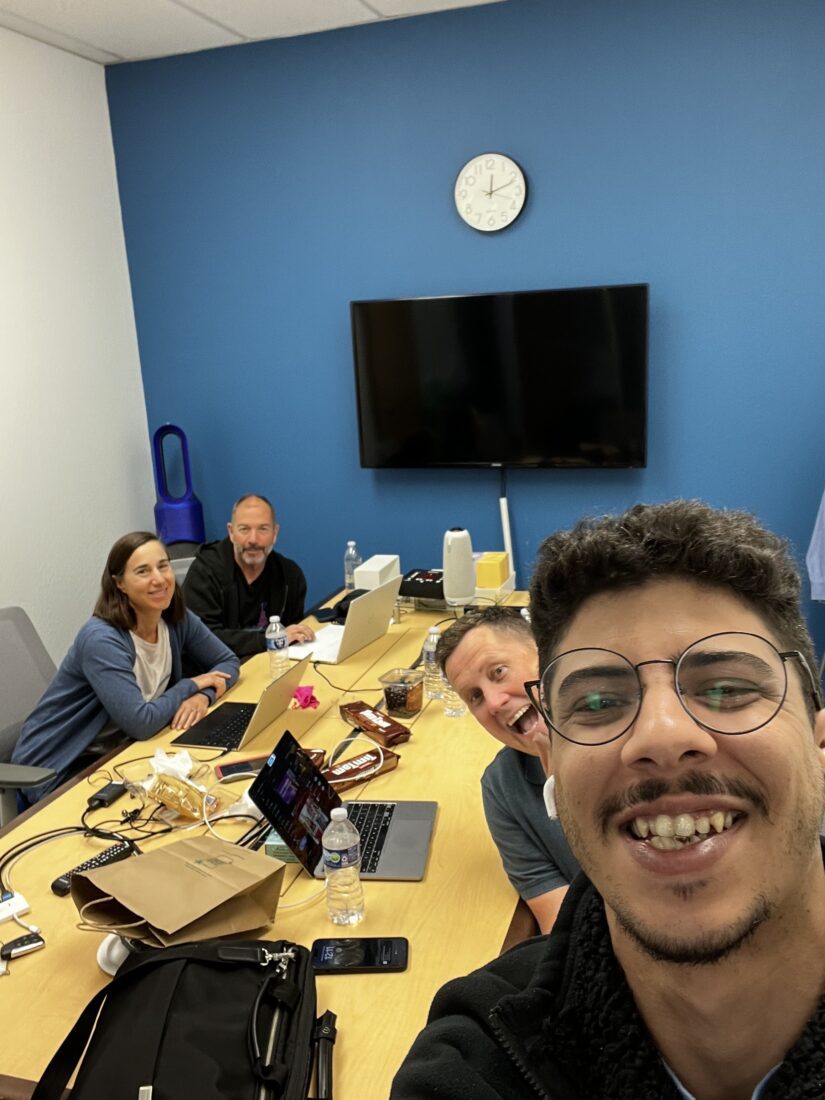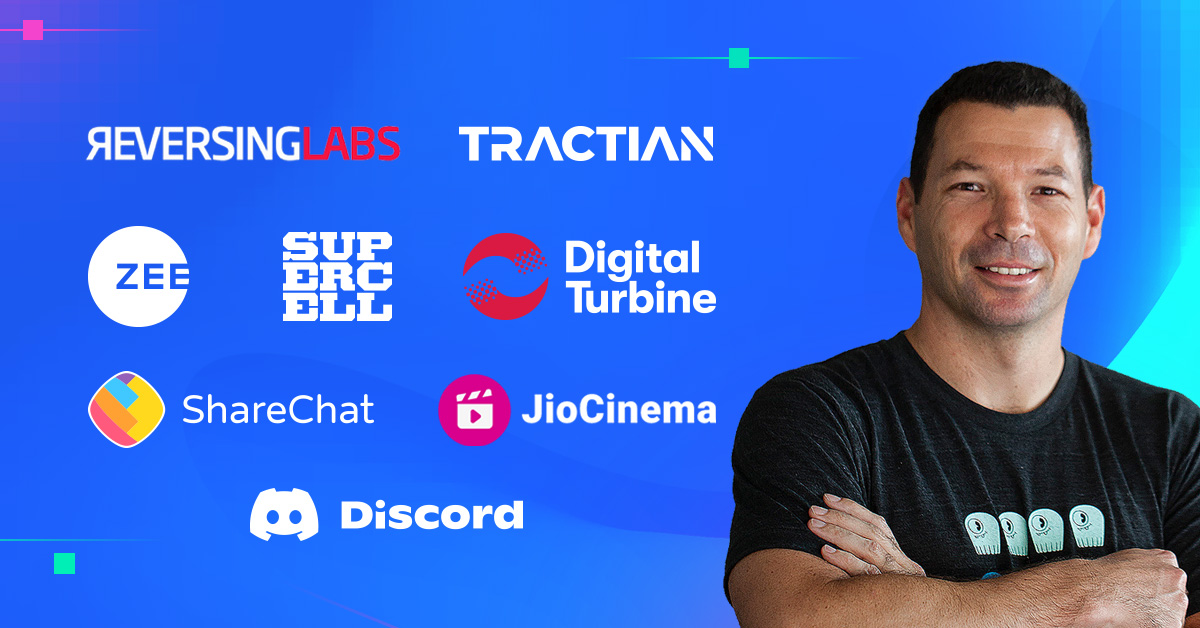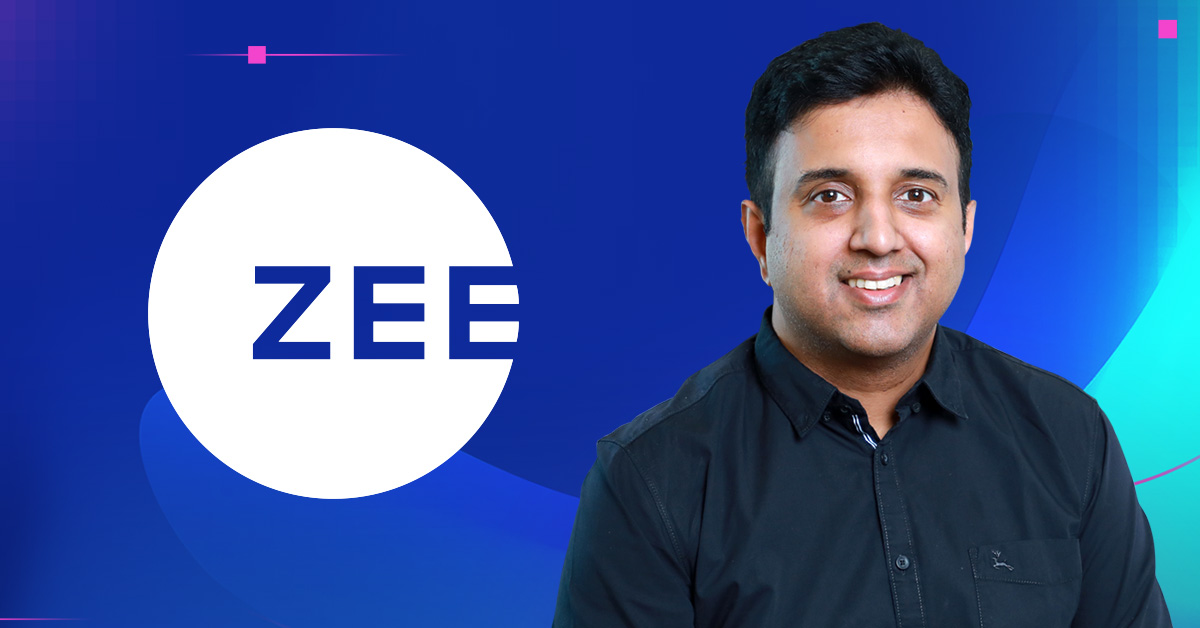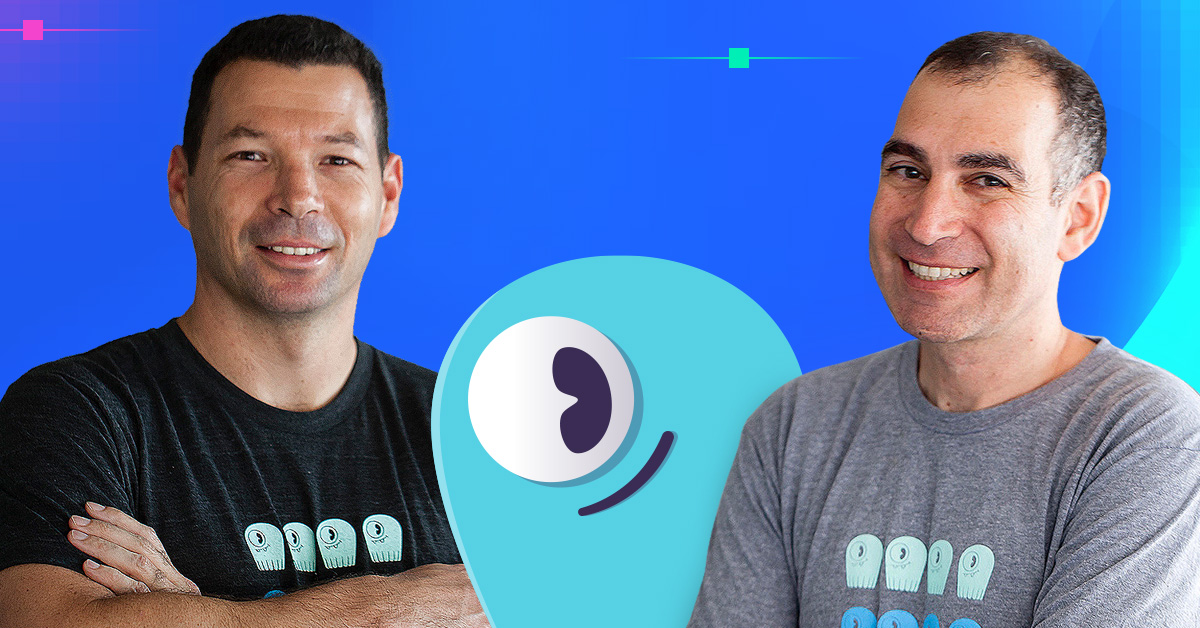
A rapid rundown of the whirlwind database performance event
Hello readers, it’s great to be back in the US to help host ScyllaDB Summit, 2024 edition. What a great virtual conference it has been – and once again, I’m excited to share the behind-the-scenes perspective as one of your hosts.
First, let’s thank all the presenters once again for contributions from around the world. With 30 presentations covering all things ScyllaDB, it made for a great event.
To kick things off, we had the now-famous Felipe Cardeneti Mendes host the ScyllaDB lounge and get straight into answering questions. Once the audience got a taste for it (and realized the technical acumen of Felipe’s knowledge), there was an unstoppable stream of questions for him. Felipe was so popular that he became a meme for the conference!
Felipe Mendes’s comparing MongoDB vs ScyllaDB using @benchant_com benchmarks !! What a vast leap by ScyllaDB. Loving it. @ScyllaDB #ScyllaDB pic.twitter.com/ObrZzMU9o2
— ktv (@RamnaniKartavya) February 14, 2024
The first morning, we also trialed something new by running hands-on labs aimed at both novice and advanced users. These live streams were a hit, with over 1000 people in attendance and everyone keen to get their hands on ScyllaDB. If you’d like to continue that experience, be sure to check out the self-paced ScyllaDB University and the interactive instructor-led ScyllaDB University LIVE event coming up in March. Both are free and virtual!
Let’s recap some stand out presentations for me on the first day of the conference. The opening keynote, by CEO and co-founder Dor Laor, was titled ScyllaDB Leaps Forward. This is a must-see presentation. It provides the background context you need to understand tablet architecture and the direction that ScyllaDB is headed: not only the fastest database in terms of latency (at any scale), but also the quickest to scale in terms of elasticity. The companion keynote on day two from CTO and co-founder Avi Kivity completes the loop and explains in more detail why ScyllaDB is making this major architecture shift from vNodes replication to tablets. Take a look at Tablets: Rethink Replication for more insights.
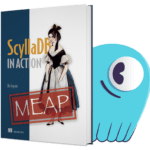 The second keynote, from Discord Staff Engineer Bo Ingram, opened with the premise So You’ve Lost Quorum: Lessons From Accidental Downtime and shared how to diagnose issues in your clusters and how to avoid making a fault too big to tolerate. Bo is a talented storyteller and published author. Be sure to watch this keynote for great tips on how to handle production incidents at scale. And don’t forget to buy his book, ScyllaDB in Action for even more practical advice on getting the most out of ScyllaDB.
The second keynote, from Discord Staff Engineer Bo Ingram, opened with the premise So You’ve Lost Quorum: Lessons From Accidental Downtime and shared how to diagnose issues in your clusters and how to avoid making a fault too big to tolerate. Bo is a talented storyteller and published author. Be sure to watch this keynote for great tips on how to handle production incidents at scale. And don’t forget to buy his book, ScyllaDB in Action for even more practical advice on getting the most out of ScyllaDB.
Download the first 4 chapters for free
An underlying theme for the conference was exploring individual customers’ migration paths from other databases onto ScyllaDB. To that end, we were fortunate to hear from JP Voltani, Head of Engineering at Tractian, on their Experience with Real-Time ML and the reasons why they moved from MongoDB to ScyllaDB to scale their data pipeline. Working with over 5B samples from +50K IoT devices, they were able to achieve their migration goals. Felipe’s presentation on MongoDB to ScyllaDB: Technical Comparison and the Path to Success then detailed the benchmarks, processes, and tools you need to be successful for these types of migrations. There were also great presentations looking at migration paths from DynamoDB and Cassandra; be sure to take a look at them if you’re on any of those journeys.
A common component in customer migration paths was the use of Change Data Capture (CDC) and we heard from Expedia on their migration journey from Cassandra to ScyllaDB. They cover the aspects and pitfalls the team needed to overcome as part of their Identity service project. If you are keen to learn more about this topic, then Guilherme’s presentation on Real-Time Event Processing with CDC is a must-see.
Martina Alilović Rojnić gave us the Strategy Behind Reversing Labs’ Massive Key-Value Migration which had mind-boggling scale, migrating more than 300 TB of data and over 400 microservices from their bespoke key-value store to ScyllaDB – with ZERO downtime. An impressive feat of engineering!
ShareChat shared everything about Getting the Most Out of ScyllaDB Monitoring. This is a practical talk about working with non-standard ScyllaDB metrics to analyze the remaining cluster capacity, debug performance problems, and more. Definitely worth a watch if you’re already running ScyllaDB in production.
After a big day hosting the conference combined with the fatigue of international travel from Australia, assisted with a couple of cold beverages the night after, sleep was the priority. Well rested and eager for more, we launched early into day two of the event with more great content.
Leading the day was Avi’s keynote, which I already mentioned above. Equally informative was the following keynote from Miles Ward and Joe Shorter on Radically Outperforming DynamoDB. If you’re looking for more reasons to switch, this was a good presentation to learn from, including details of the migration and using ScyllaDB Cloud with Google Cloud Platform.
Felipe delivered another presentation (earning him MVP of the conference) about using workload prioritization features of ScyllaDB to handle both Real-Time and Analytical workloads, something you might not ordinarily consider compatible. I also enjoyed Piotr’s presentation on how ScyllaDB Drivers take advantage of the unique ScyllaDB architecture to deliver high-performance and ultra low-latencies. This is yet another engineering talk showcasing the strengths of ScyllaDB’s feature sets. Kostja Osipov set the stage for this on Day 1. Kostja consistently delivers impressive Raft talks year after year, and his Topology on Raft: An Inside Look talk is another can’t miss. There’s a lot there! Give it a (re)watch if you want all the details on how Raft is implemented in the new releases and what it all means for you, from the user perspective.
We also heard from Kishore Krishnamurthy, CTO at ZEE5, giving us insights into Steering a High-Stakes Database Migration. It’s always interesting to hear the executive-level perspective on the direction you might take to reduce costs while maintaining your SLAs. There were also more fascinating insights from ZEE5 engineers on how they are Tracking Millions of Heartbeats on Zee’s OTT Platform. Solid technical content.
In a similar vein, proving that “simple” things can still present serious engineering challenges when things are distributed and at scale, Edvard Fagerholm showed us how Supercell Persists Real-Time Events. Edvard illustrated how ScyllaDB helps them process real-time events for their games like Clash of Clans and Clash Royale with hundreds of millions of users.
The day flew by. Before long, we were wrapping up the conference. Thanks to the community of 7500 for great participation – and thousands of comments – from start to finish. I truly enjoyed hosting the introductory lab and getting swarmed by questions. And no, I’m not a Kiwi! Thank you all for a wonderful experience.
